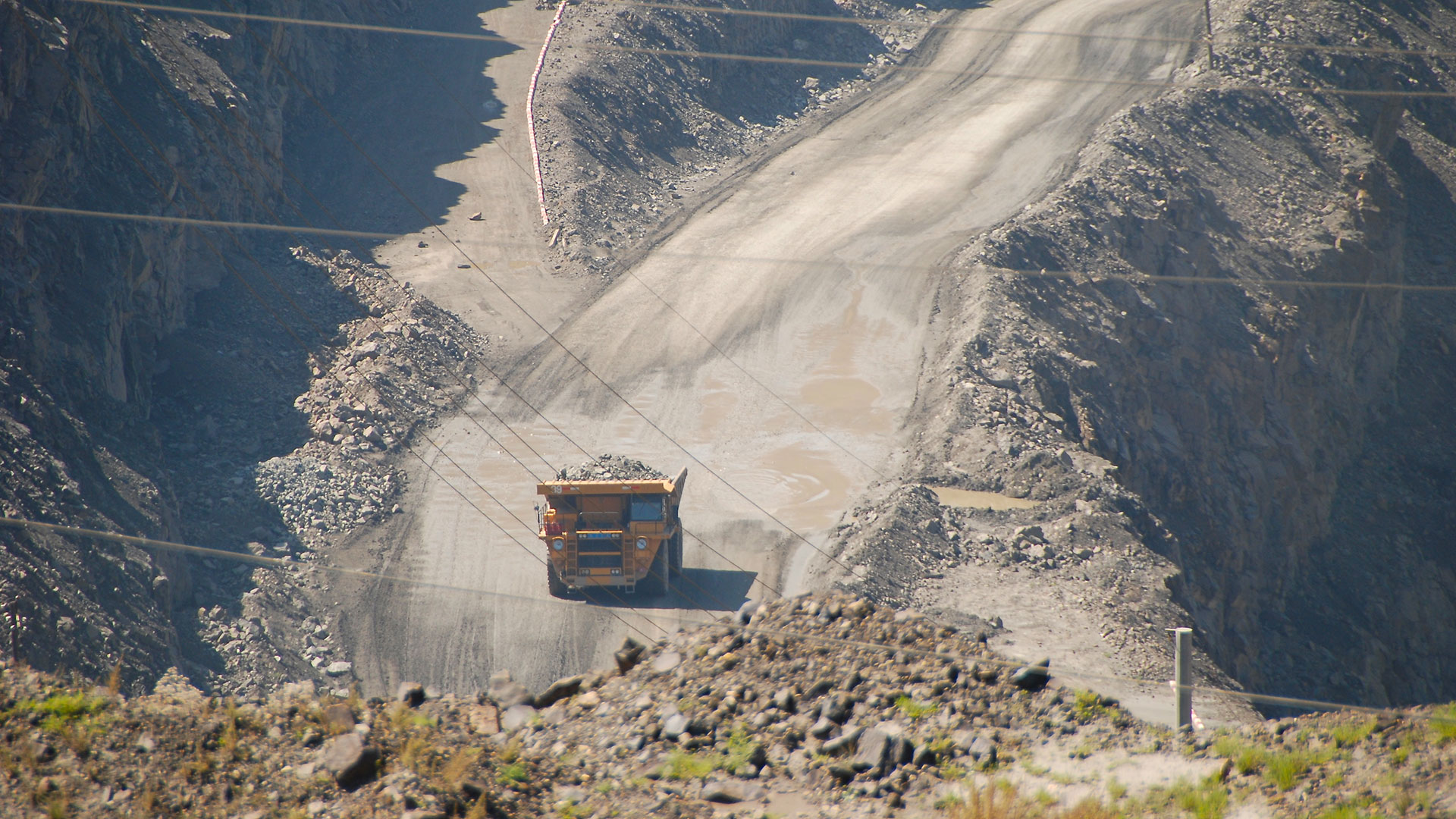China suspends ban on rare earth exports to the U.S., but licensing controls remain — vital semiconductor manufacturing materials get one-year reprieve
One-year reprieve eases pressure on GaN, GaAs, and optics supply chains.

China has lifted its ban on exports of gallium, germanium, and antimony to the United States, temporarily halting restrictions that had reshaped global materials markets over the past year. The decision, effective November 9, comes as part of a broader de-escalation package reached by Presidents Xi and Trump during recent bilateral talks, and is currently set to expire on November 27, 2026.
While the suspension covers a wide range of materials, including certain graphite products and rare-earth technologies previously added to China’s export control list, it does not eliminate licensing requirements. Exporters must still secure government approval before shipping these materials abroad, preserving Beijing’s discretionary leverage over supply chains.
Gallium and germanium were the first high-tech metals targeted in China’s escalating tit-for-tat with the U.S. and EU over semiconductor controls. Gallium, essential in gallium arsenide (GaAs) and gallium nitride (GaN) production for power electronics and RF, saw sharp price spikes and a scramble for non-Chinese sources after restrictions took effect in August 2023.
Germanium, used in infrared optics, fiber, and silicon-germanium processes, followed soon after. Antimony, which serves both as a flame retardant and a compound semiconductor material, was added to China’s export control list soon after.
Together, these materials represent a key vulnerability in global electronics and photonics manufacturing. China accounted for 99% of global gallium supply in 2024, according to USGS figures, and remained the dominant producer of refined germanium and mined antimony. Though western nations have launched funding programs to onshore refining and restart dormant production sites, none are expected to scale within the next 12 months.
The pause is unlikely to fully reset pricing or restore confidence among buyers, but it provides near-term relief to sectors dependent on China for things like GaN power devices and high-frequency RF modules. Some enforcement friction will remain, especially if exporters face delays in receiving approvals.
Meanwhile, Western governments are still pursuing long-term supply diversification, though these efforts are likely years away from any meaningful output. For now, the year-long window gives manufacturers some breathing room. Whether it holds will depend on the political temperature between Washington and Beijing heading into 2026.
Get Tom's Hardware's best news and in-depth reviews, straight to your inbox.

Follow Tom's Hardware on Google News, or add us as a preferred source, to get our latest news, analysis, & reviews in your feeds.

Luke James is a freelance writer and journalist. Although his background is in legal, he has a personal interest in all things tech, especially hardware and microelectronics, and anything regulatory.
-
urn66 Going forward, expect a regime where China, reasonably, manages REE technology and exports for what they are, classic Dual-Use technology/materials with a tight leash on exports for commercial use (subject of this article) and a ban on exports for military applications including Dual-Use IC and Optical components. OEMs and Fabs catering to these applications will not be getting REEs from China except through clandestine channels.Reply
US has used/abused "Dual-Use" and "National Security" against China for decades to sandbag technology development and non-military use/companies such as Huawei. More recently, Trump/Biden/Trump trade war against China/ROW pushed China to finally play this card defensively to counter the current Trump Tariff regime. Shoe is on the other foot now.
The obvious response will be for the US/allies to jump into REE mining and refining as they are certainly welcome to do. but this will not be a quick and easy as Treasury Secretary Scott Bessent and many others seem to think. The simple fact is that China owns the technology stack for "heavy refining" REEs to the purity range of 6N to 9N needed for semiconductors/ICs, optics and advanced military electronics, so those of us in materials science with knowledge of the difficulty are skeptical how quickly this can get to industrial scale. I personally doubt it will ever get beyond the scale needed for the military because it is a complex, difficult and expensive process that is not very profitable.
I offered a slightly deeper comment on this in a previous tom'sHARDWARE article, that comment is linked below.
Previous Comment on REEs -
twin_savage Replyurn66 said:The simple fact is that China owns the technology stack for "heavy refining" REEs to the purity range of 6N to 9N needed for semiconductors/ICs, optics and advanced military electronics, so those of us in materials science with knowledge of the difficulty are skeptical how quickly this can get to industrial scale.
What's ironic is that as far as I'm aware, all the western labs and fabs I know of are getting high purity REEs from western sources, not Chinese ones. I'd be willing to bet that the Western suppliers are/were using Chinese REE feedstocks to further refine the high purity metals, but either the trust isn't there or they aren't able to get high enough purity from Chinese suppliers. The technology to reach high purity is well understood, a large portion of it is just distillation or fractional crystallization with chemical transport being used in certain circumstances at greater cost, Chinese suppliers can probably perform all of these but perhaps their industrial standards aren't compatible with western or they aren't able to reliably measure purity as well as their western counterparts.
At any rate, "industrial scale" use at these purity levels is minuscule, perhaps several pounds per year for a moderately sized fab depending on which element we are talking about.
China has for the past ~3-4 decades been the best at enriching to moderate purity levels though, but now France, Malaysia, Australia and the USA are all ramping up production at existing refinement facilities for these moderate enrichment levels.